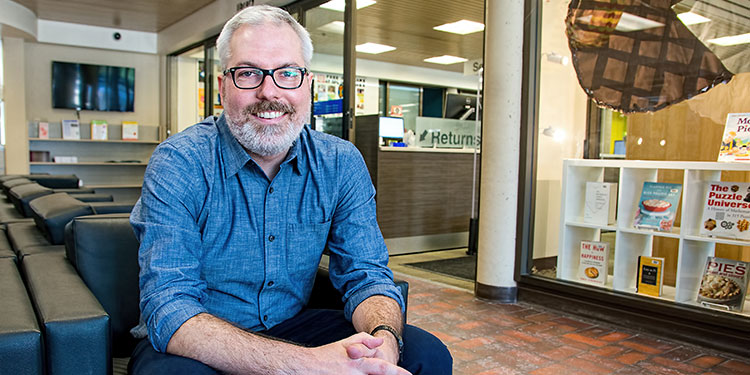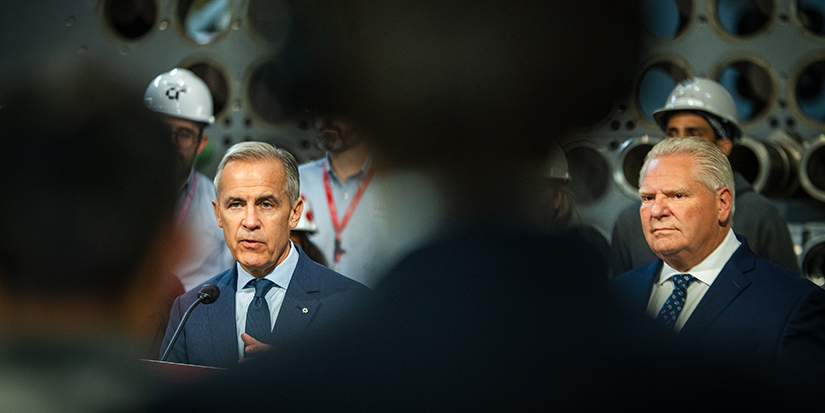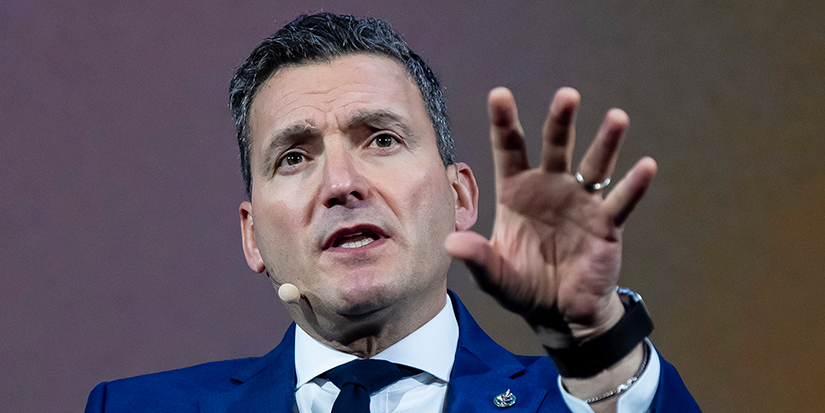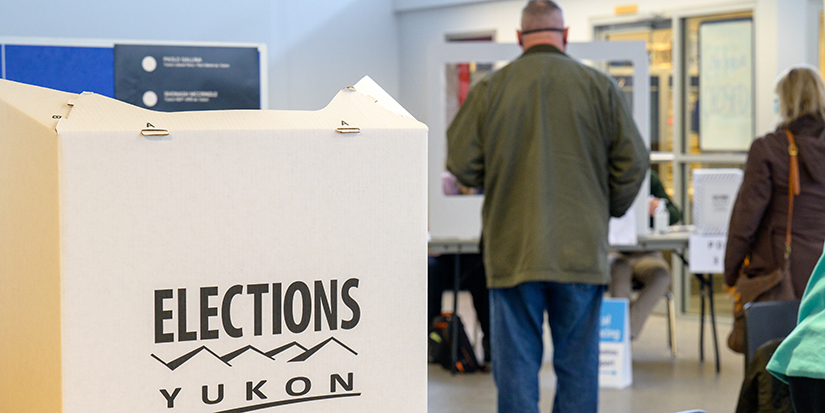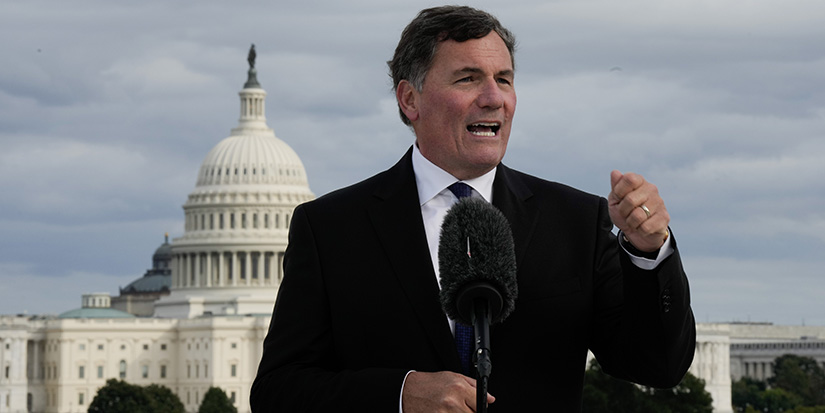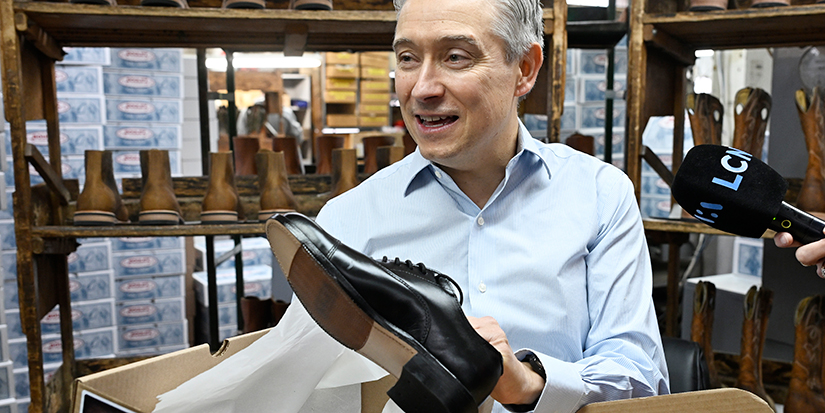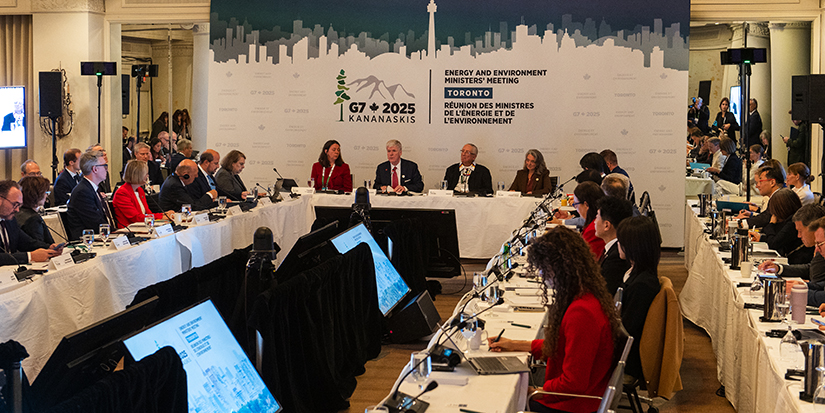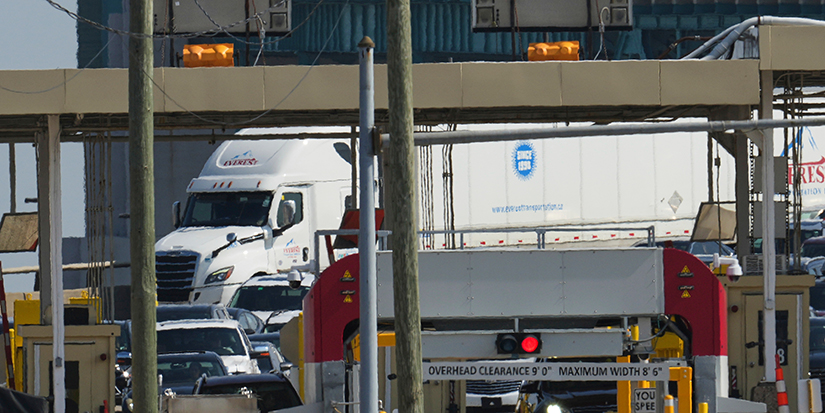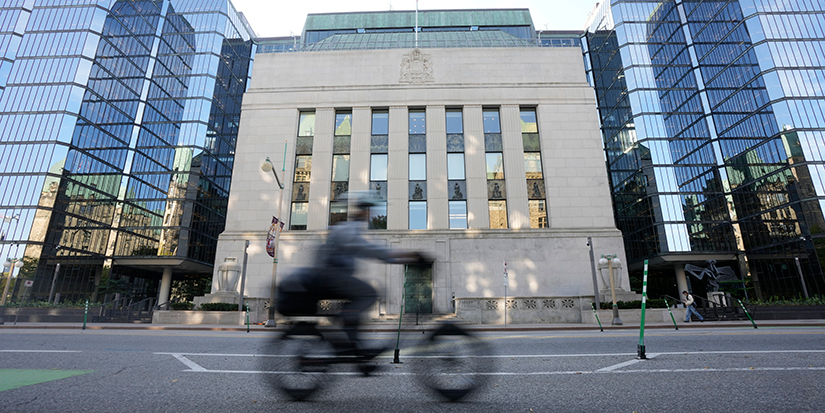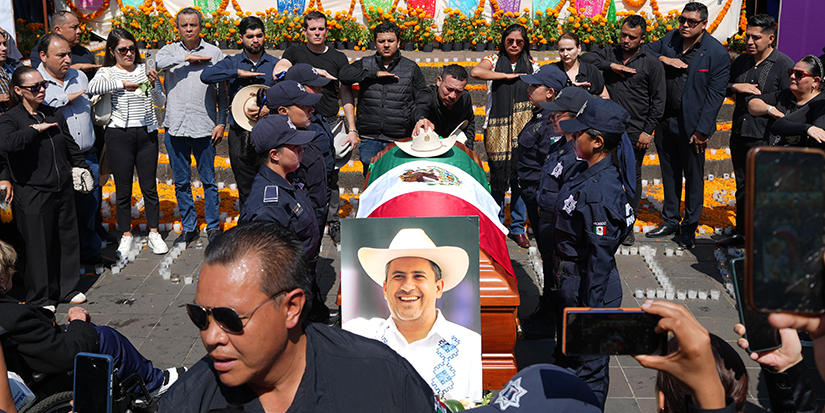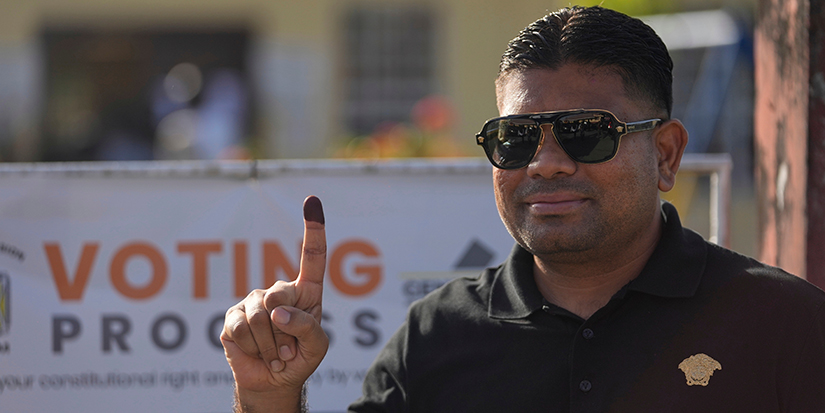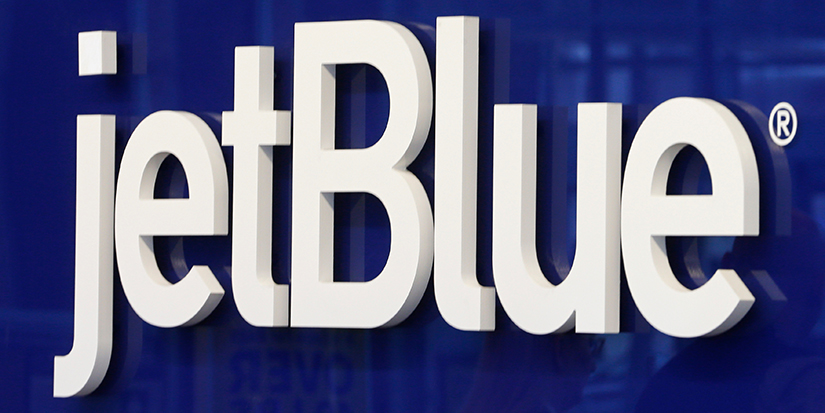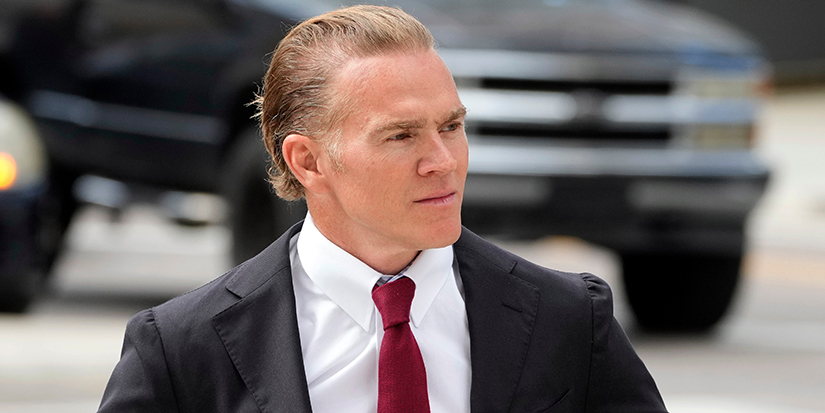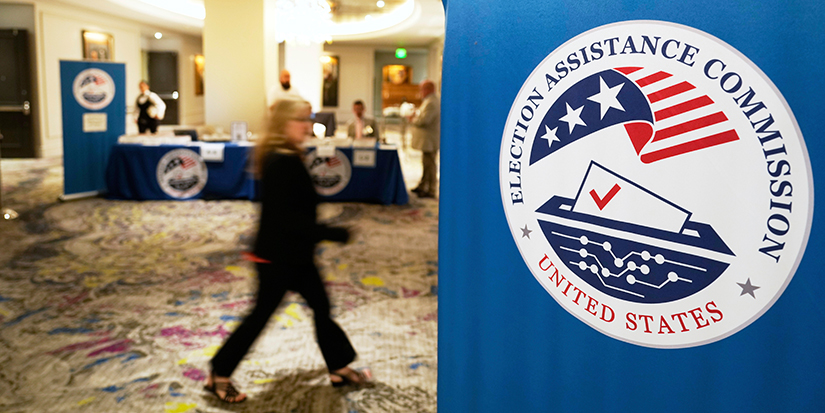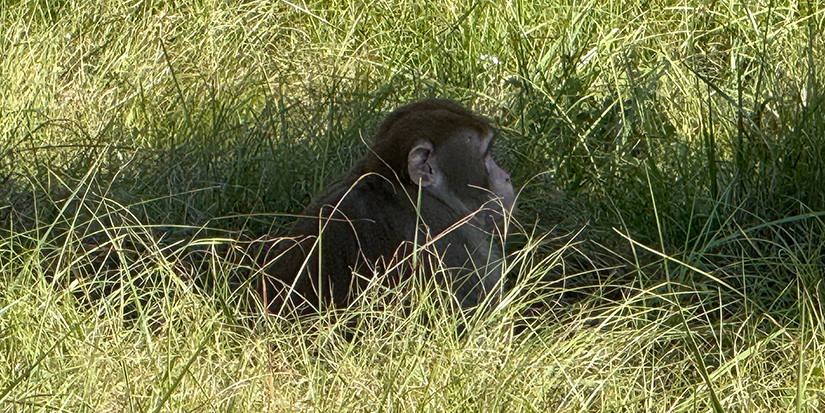Latest News
History is an excellent teaching aide
"Everything has a past," says Kwantlen
Polytechnic University historian Eryk Martin.
"Many people think history is just the
recounting of boring history and fact. I try to get my students to look beyond
that."
He asks students to engage in history with
assignments like a photo project where they make up a fictional character,
write a series of letters and use historical photos.
He encourages students to use "the amazing
collection at Richmond city archives," adding the "archives hold the voice of
these people for history to read in the future."
He also speaks of the B.C. Packers collection
of photos that connects Richmond to Alert Bay, Prince Rupert and all the other
communities along the coast.
"Archives are not just an important place for
historians to research history, they are also, places to find the voices of
peoples left out of the historical record," he says.
One student's assignment featured photos of
confiscated fishing boats in Steveston during the Second World War.
In the archives, his students also found
letters of defence.
People were writing protest letters to speak
against confiscation of their neighbours' or their own property.
"It’s very important for students and historians
to listen to and read these documents," says Martin.
When teaching his students, Martin says he
tries to "get them to have a historical consciousness. It helps to explain, and
gives us critical tools to see, where these things come from."
He offers the example of racist fliers
recently distributed through Richmond accusing a specific immigrant group of
making our city unaffordable.
"This sentiment hasn't emerged out of
nowhere," says Martin. "There is a long history, stretching back, of
anti-Chinese, anti-Indian sentiment. Look at the Exclusion Act, the race riots
of 1907, the Vancouver race riots, in which people from white communities
gathered under banners that B.C. and Canada are to be a white person’s."
He says all Canadians need to know more about
our history such as the fact that Shaughnessy had Ku Klux Klan (KKK) clubhouses
and many connections in the city.
Martin cites the recent Canada 150
celebrations: "Here we have a history largely shaped by the political
prerogative of the government that attempts to tell a story of the Canadian
past as largely one of a history of tolerance."
In echoes of Kristallnacht, when Germans
smashed the shop window of German citizens of Jewish ancestry on Nov. 9, 1938,
Martin speaks of our local past.
"There was a time when people went into
Chinatown and Japan town to smash businesses. In 1905, these acts were pushed
by the Asiatic Exclusion League that was putting pressure on politicians to
exclude Asian immigrants from B.C."
Martin then shows his studentanti-Asian posters from 2016, two years ago, that say Chinese immigrants are going to take over, are going to make white people a minority.
It is part of a lingering pattern, he says,
of racism in B.C.
According to Martin, we can use history to
explain the barriers in our communities today especially when we look at
historical realities like the head tax and the systemic racism that has pushed
segregation.
"The history of Canada is one of deep
segregation."
In his course, Martin says he looks at "the
barriers between people, a community's policies of the past that kept people
separate from one another.""
Martin cites the Indian act, the Canadian
government’s reserve system and residential schools.
"Those things were all done to foster a very
clear policy of racial segregation," he says.
At the end of the course, Martin asks his
students about the recent racist posters: now knowing about the background and
the history behind the sentiment.
"How are you going to speak back against this
poster?" he asks them.
Through his course, he hopes his students learn how history,
even the history we aren't aware of, affects us today. He also hopes they
develop a love of archives.
"Archives hold the voice of these people for
history to read in the future. We would never hear these voices if we just
opened up a text or watched Canadian TV," he says.
Our rosy view of Canadians as historically
tolerant, he says is "done with a series of silences, so that we forget."
Whether we recognize it or not, he says: "The
past is still with us. Its echoes, its legacies are still with us today."
